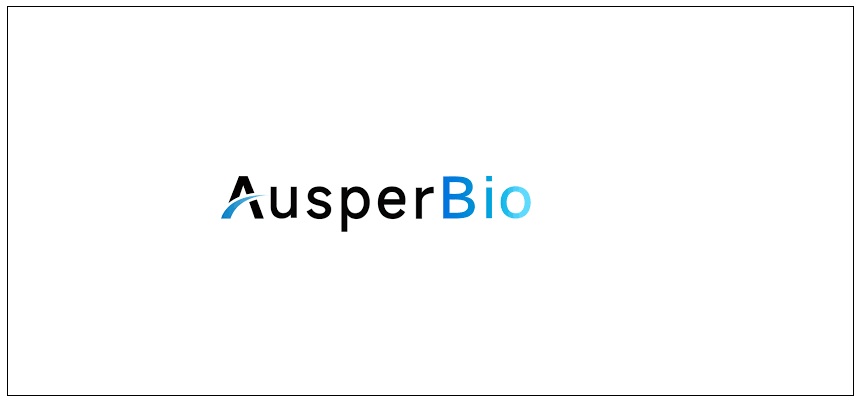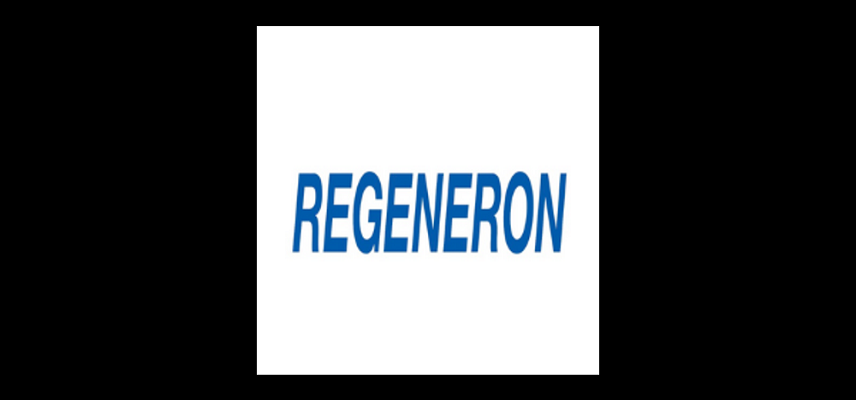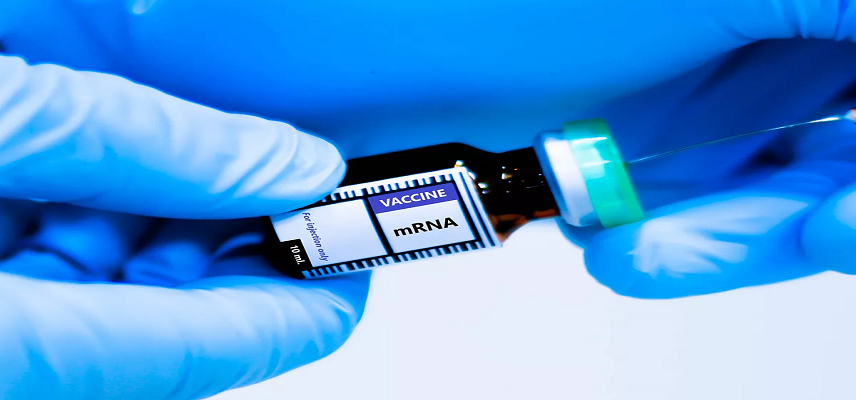US FDA Grants Breakthrough Therapy Designation to Johnson & Johnson’s Nipocalimab
US FDA grants breakthrough therapy designation to Johnson & Johnson’s nipocalimab to treat adults living with moderate-to-severe Sjögren's disease
Overview
Johnson & Johnson announced that the US Food and Drug Administration (FDA) has granted nipocalimab Breakthrough Therapy designation (BTD) for the treatment of adults living with moderate-to-severe Sjögren's disease (SjD), a debilitating and chronic autoantibody disease with high prevalence, for which no approved advanced treatments are available. Nipocalimab is the only investigational therapy to secure this designation in SjD. This regulatory milestone is the second time BTD has been granted for nipocalimab; the first was granted in February for the treatment of alloimmunized pregnant individuals at high risk of severe hemolytic disease of the foetus and newborn (HDFN).
Statement from Johnson & Johnson Innovative Medicine
- Today's announcement marks an important step forward in the continued research and development of nipocalimab, the first investigational FcRn blocker to demonstrate positive results in a phase 2 study in adult patients with moderate-to-severe Sjögren's disease,"" said Terence Rooney, vice president, rheumatology, immunology disease area leader, Johnson & Johnson Innovative Medicine.
- With no treatments currently approved that may directly address the underlying cause(s) of the disease, innovation is critically needed to improve patient outcomes in Sjögren's disease. This milestone underscores our unwavering commitment to develop novel, transformational therapies that may help address significant unmet need for patients living with autoantibody-driven diseases.
Behind the BTD
- The BTD is supported by data from the phase 2 DAHLIAS study evaluating the efficacy and safety of nipocalimab for the treatment of adult patients with moderate-to-severe SjD and supports further evaluation of the investigational treatment through a phase 3 study, which is underway.
- Data from the nipocalimab phase 2 DAHLIAS study were featured in a late-breaking oral presentation (LBA0010) at the European Alliance of Associations for Rheumatology (EULAR) 2024 Congress and demonstrated the first-ever positive results of an investigational FcRn blocker as a potential targeted therapy in SjD.
The Process of BTD Approval by FDA
- The FDA grants BTD to expedite the development and regulatory review of an investigational medicine that is intended to treat a serious or life-threatening condition and is based on preliminary clinical evidence that indicates the drug may have substantial improvement in at least one clinically significant endpoint over available therapy.
- Many patients living with SjD experience symptoms that interfere with daily activities and quality of life. While SjD most frequently affects the glands that produce saliva and tears, more systemic symptoms called extraglandular manifestations are common and may impact multiple organ systems, including joints, lungs, kidneys, and nervous system.
- Patients with SjD also have a high-risk of developing numerous associated conditions, including up to 20 times higher risk of developing B-cell lymphomas when compared to the general population.
- Patients with high activity in more than one organ or disease domain have an increased mortality risk of up to five-fold.
Present Scenario for Sjögren's Disease
- Sjögren's disease (SjD) is one of the most prevalent autoantibody-driven diseases for which no therapies are currently approved that treat the underlying and systemic nature of the disease.
- It is a chronic autoimmune disease that is estimated to impact approximately four million people worldwide and is nine times more common in women than men.
- SjD is characterized by autoantibody production, chronic inflammation, and lymphocytic infiltration of exocrine glands.
- Most patients are affected by mucosal dryness (eyes, mouth, vagina), joint pain and fatigue.
- More than 50% of SjD patients have a moderate to severe form of the condition, and disease burden can be as high as that of rheumatoid arthritis or systemic lupus erythematosus and is often associated with impaired quality of life and functional capacity, and increased mortality risk.
The DAHLIAS Trial
- DAHLIAS (NCT04969812) is a phase 2 multicenter, randomized, placebo-controlled double-blind study to evaluate the effects of nipocalimab in participants with primary Sjögren's disease.
- DAHLIAS is a phase 2 dose-ranging study for adults with moderately-to-severely active primary SjD who were seropositive for anti-Ro60 and/or anti-Ro52 IgG antibodies.
- 163 adults aged 18-75 were randomized 1:1:1 to receive intravenous nipocalimab at 5 or 15 mg/kg or placebo every 2 weeks through Week 22 and received protocol-permitted background standard of care.
- Safety assessments were conducted through Week 30.
- Primary outcomes- The primary endpoint was change in baseline in the ClinESSDAI Score at Week 24.
- Select secondary endpoints included:
- Multiple organ system assessments: European League Against Rheumatism Sjögren's Syndrome Disease Activity Index (ESSDAI) is a systemic diseases activity index designed to measure disease activity in patients with primary SjD.
- It is based on 12 domains including: constitutional, lymphadenopathy, glandular, articular, cutaneous, respiratory, renal, muscular, peripheral nervous system, central nervous system, and haematological.
The DAL response- Disease Activity Level (DAL) response is a reduction from baseline in disease activity level by at least 1 level in at least 1 clinESSDAI domain (e.g., articular, haematological, cutaneous, constitutional).
Physician assessment: The Physician Global Assessment of Disease Severity (PhGA) is recorded by the investigator, independent of study participants' assessment, on a scale with responses ranging from 0 (""No SjD activity"") to 100 (""Extremely active SjD"").
Composite Tools for Clinical Trial Endpoints:
Sjögren's Tool for Assessing Response (STAR) is a composite responder index that includes all main SjD features, including systemic disease activity, patient-reported symptoms, tear gland item, salivary gland item and serology, in a single tool.
- Five complementary items of composite endpoint tool
Composite of Relevant Endpoints for Sjogren's Syndrome (CRESS), a composite endpoint tool consisting of five complementary items:
systemic disease activity, patient-reported symptoms, tear gland item, salivary gland item and serology, for use in trials of primary SjD.
Patient Reported Outcomes:
European League Against Rheumatism Sjögren's Syndrome Patient-Reported Index (ESSPRI) is a patient-reported assessment of the severity of dryness, fatigue, and pain associated with primary SjD, in which patients report their symptom severity over the last two weeks on a numeric rating scale (NRS), ranging from 0 ""No symptoms (dryness, fatigue or pain)"" to 10 ""maximal imaginable (dryness, fatigue, pain)"".
The Symptoms Tool
Sjögren's Symptoms tool is a patient-reported assessment of the worst severity of their ocular, oral, and vaginal dryness and joint pain over the past 7 days on a 0 to 10 NRS, from 0 ""No (specific symptom)"" to 10, ""Severe [specific symptom]"".
The Monoclonal Antibody: Nipocalimab
- Nipocalimab is an investigational monoclonal antibody, purposefully designed to bind with high affinity to block FcRn and reduce levels of circulating immunoglobulin G (IgG) antibodies, potentially without impact on other immune functions.
- This includes autoantibodies and alloantibodies that underlie multiple conditions across three key segments in the autoantibody space including Rare Autoantibody diseases, Maternal Fetal diseases mediated by maternal alloantibodies and Prevalent Rheumatology.
- Blockade of IgG binding to FcRn in the placenta is also believed to prevent transplacental transfer of maternal alloantibodies to the fetus.
FDA Designations to Nipocalimab
The US Food and Drug Administration (FDA) and European Medicines Agency (EMA) have granted several key designations to nipocalimab including:
- US FDA Fast Track designation in hemolytic disease of the foetus and newborn (HDFN) and warm autoimmune hemolytic anaemia (wAIHA) in July 2019,
- generalized myasthenia gravis (gMG) in December 2021 and
- foetal neonatal alloimmune thrombocytopenia (FNAIT) in March 2024;
- US FDA Orphan drug status for wAIHA in December 2019,
- HDFN in June 2020, gMG in February 2021, chronic inflammatory demyelinating polyneuropathy in October 2021 and FNAIT in December 2023;
- US FDA Breakthrough Therapy designation for HDFN in February 2024 and
- for SjD in November 2024;
- EU EMA Orphan medicinal product designation for HDFN in October 2019.

Optimize Your trial insights with Clival Database.
Are you exhausted from the uncertainty of trial insights pricing? Clival Database ensures the clarity in the midst of the global scenario for clinical trials to you.Clival Database is one of the best databases that offers an outstanding number of clinical trial data in terms of 50,000+ molecules and from primary regulatory markets as well as new entrants like Indian and Chinese markets.
With Clival, you get accurate positioning of historical sales data, patent database, company profiling, safety & efficacy, and prediction of launch of new innovative molecules helping you to align your research and driving down the cost.
To add value, we further break down our analytics for you so that improving your operational effectiveness; optimizing your clinical trials; and offering you accurate and high-quality data at lowest possible prices becomes possible.
Elevate your trial success rate with the cutting-edge insights from Clival database.
Check it out today and make more informed sourcing decisions! Learn More!







